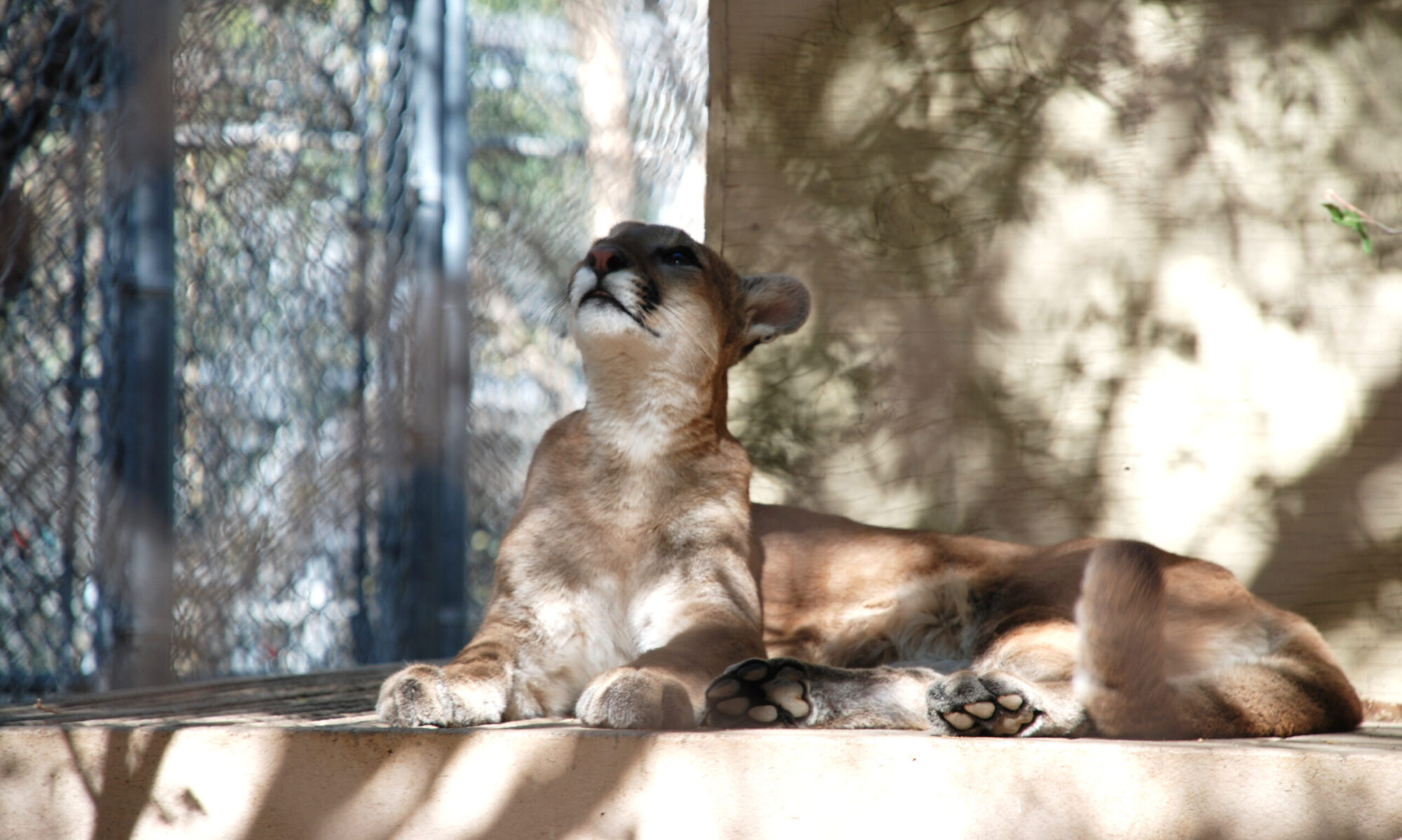This collection of photographs highlights the stories of individual nonhuman animals (henceforth animals), who’s lives have become entangled with humans. Animals are sentient individuals with their own lived experiences. They feel pleasure and pain just like humans, and just like us they care whether they live or die.
Living with wildlife
Historically people experience wildlife by watching carefully edited documentaries (Mitman, 1999: xxi), with traditional wildlife photography showing us a romanticised and beautiful image of nature where humans are excluded (Baker and Adams, 2006: 190). Yet we are far from excluded when we capture images of carnivores around our homes. We are making a discovery, Sontag (1977:111) quotes Arbus by writing, “a photograph is a secret about a secret. The more it tells you the less you know.” By sharing these images, we can start to examine the secrets of our ecosystems and uncover ways to peaceful coexist with wildlife.

Photo by Claire Musser & the javelina, 2023.

Photo by Claire Musser and the bobcat, 2023.
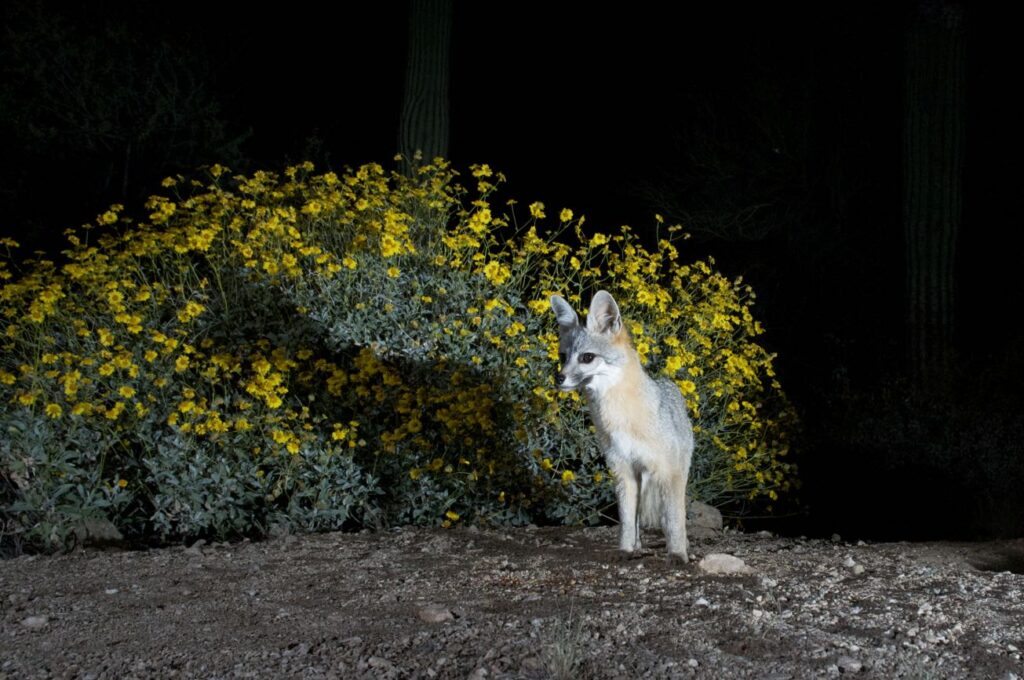
Photo by Claire Musser and the Gray Fox, 2023.
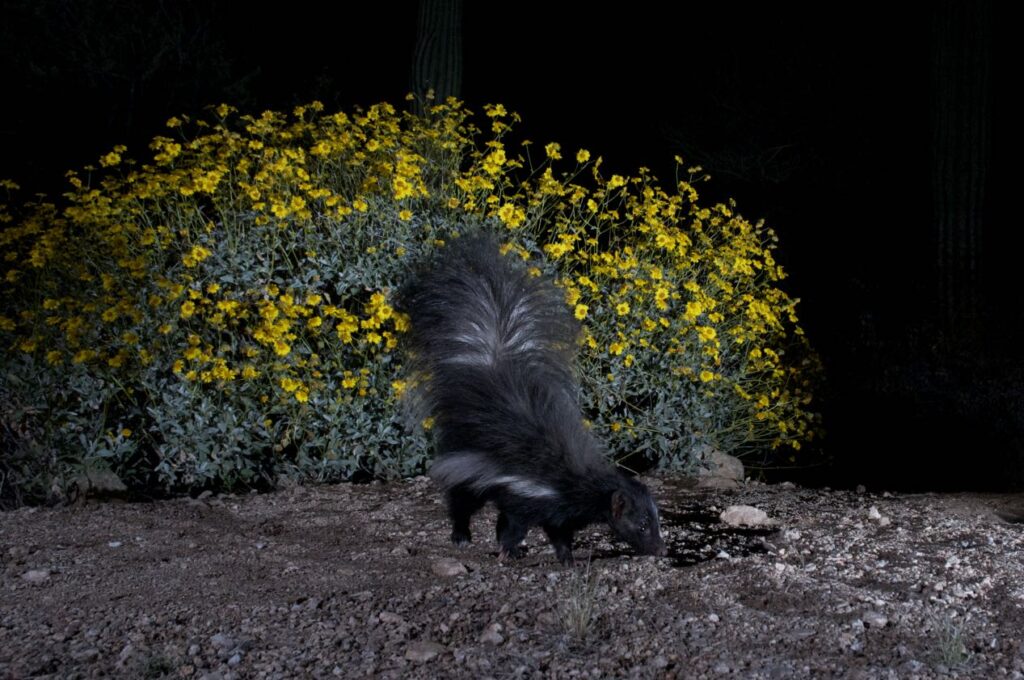
Photo by Claire Musser and the Skunk, 2023.
Sonoran Desert Wildlife
Hiking, trail running, dog walking, mountain biking and horse riding, are just a few of the ways we explore the Sonoran Desert. Sometimes we may see scats and tracks, but rarely do we encounter wildlife. During the night DSLR camera traps can uncover the secrets of this incredible ecosystem, which is also the only place in the world where Saguaro cactus grow naturally.
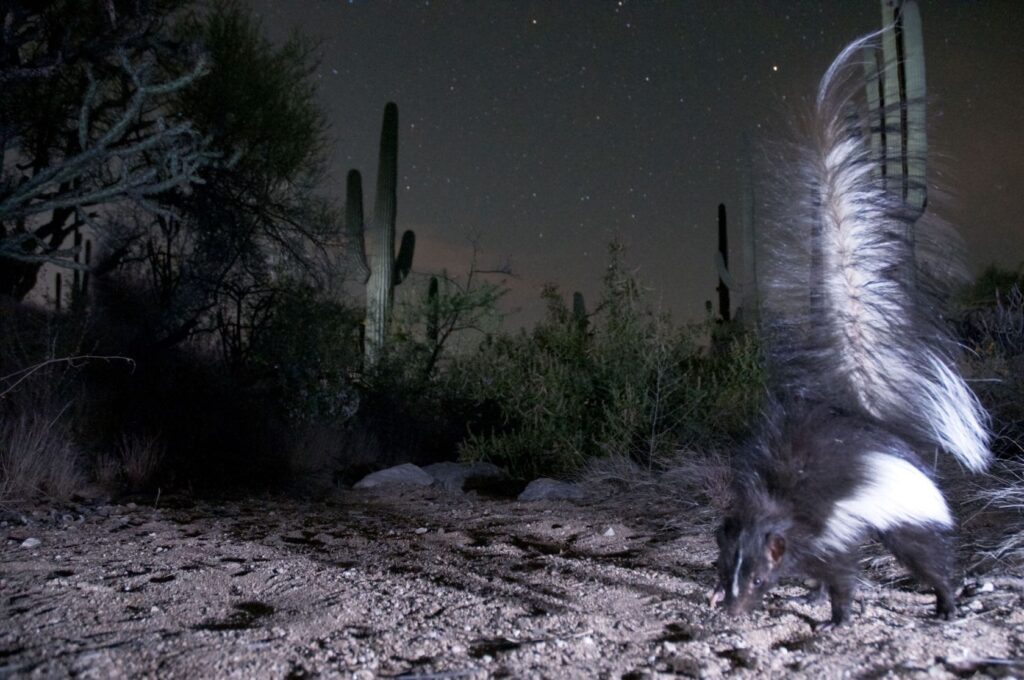
Photo by Claire Musser and the skunk, 2023.
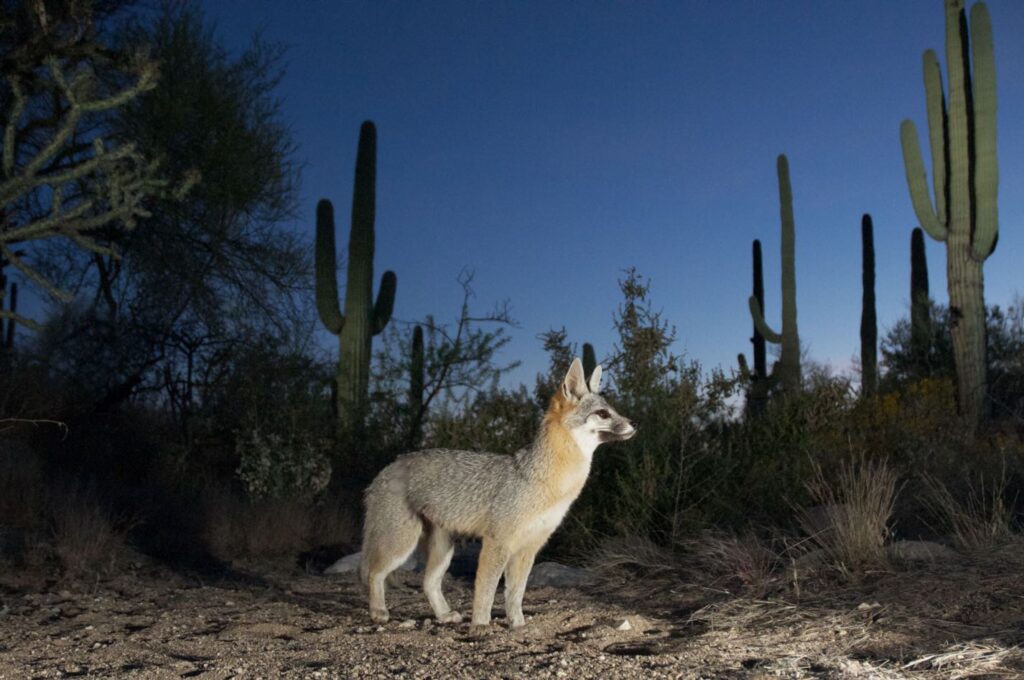
Photo by Claire Musser and the Gray Fox, 2023.
Wild animals kept as pets
Southwest Wildlife Conservation Centre (SWCC) in Scottsdale, Arizona, has a simple mission:
Saving our wildlife, one life at a time.
SWCC rescues, rehabilitates and releases, injured, orphaned and displaced wildlife. Around 90% of rescued animals are released back into the wild, but for others, the chance of a life in the wild has been taken away from them.
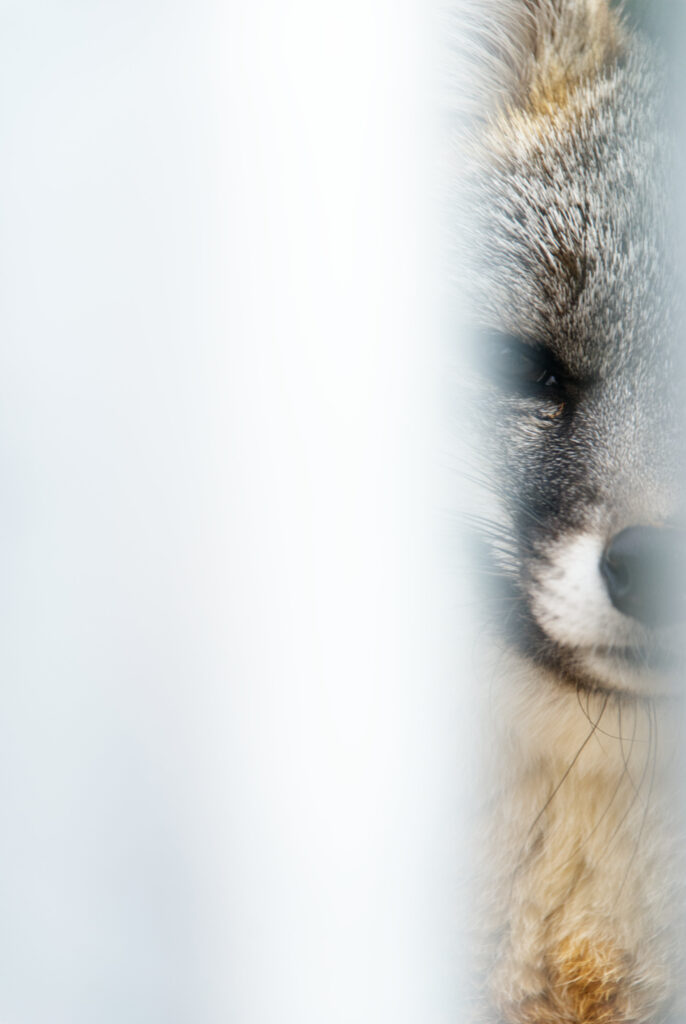
Photo by Claire Musser, 2023.
Frankie was just a young pup when he was found wandering around Phoenix. He was found wearing a blue collar with a bell, a likely sign that he has been kept as a pet. Owning a wild animal is illegal in Arizona so after his capture he was taken to the sanctuary. Unfortunately Frankie was found to be too tolerant of humans to be released. Today he can be found living with Boots, another gray fox that was also likely kept as a pet.

Photo by Claire Musser, 2023.
Indy had a traumatic start in life. In January 2023, the Phoenix police received a tip that a baby bengal tiger was being listed on Facebook for $25,000. Police investigated and found Indy in a tiny dog crate, along with a baby alligator. Keeping a wild animal as a pet is illegal in Arizona and the person was arrested. Arizona Game & Fish were called to take Indy and they asked SWCC if they would temporarily care for her while the case is under investigation. Indy was lucky to have been found before being sold. Her fate would have likely ended in tragedy with large cats being susceptible to developmental issues if they do not receive the proper care.
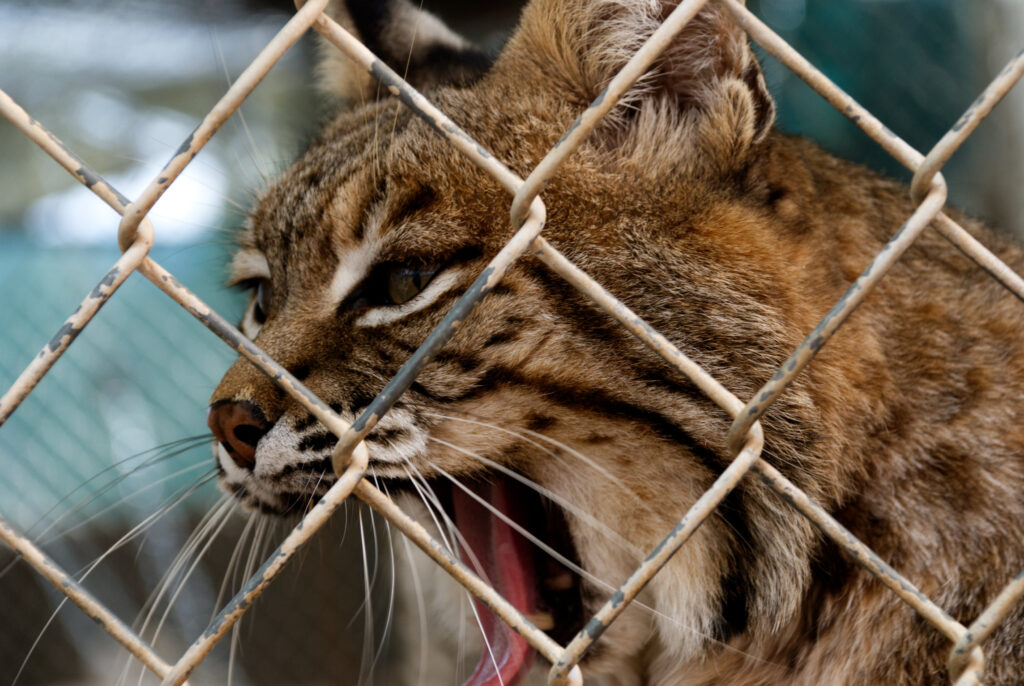
Photo by Claire Musser, 2023.
Yemaya was found as a kitten. She was picked up by a worker at a drilling company and became unafraid of humans. When she arrived at SWCC she leapt out of her crate and into the arms of her new keeper. Due to her tolerance of people, she cannot be released back into the wild.
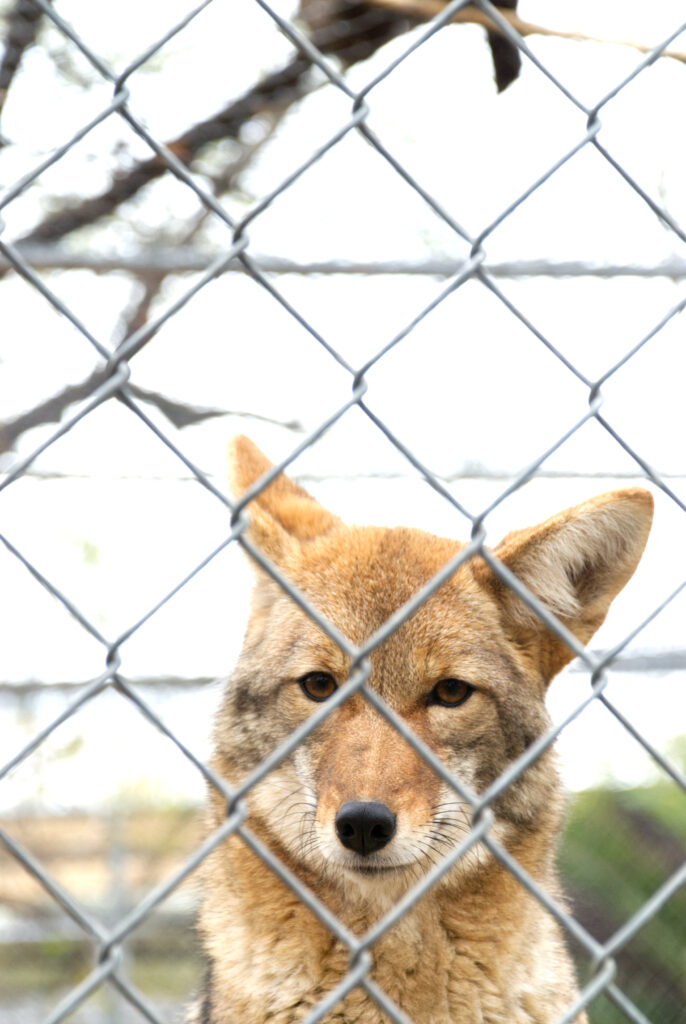
Photo by Claire Musser, 2023.
Ziggy the coyote was believed to have been abandoned by her mother. She was picked up by a good samaritan, but by the time she arrived at SWCC she had already imprinted on humans. At the sanctuary Ziggy was treated for a terrible case of mange. She needed hands-on care and became even more attached to her humans “family.” Ziggy doesn’t act like a typical wild coyote and enjoys the company of staff and visitors to SWCC.
Wild animals impacted by humans

Photo by Claire Musser, 2021.
Zia arrived at the sanctuary with her brother Felix. They were both orphaned when their mother was killed by rodenticide poisoning. California Game and Fish tried to foster the kittens back into the wild, but unfortunately their new mother rejected them. Today Zia and Felix, live at SWCC with mountain lions Poppy and Zuma.

Photo by Claire Musser, 2021.
Lupa the Mexican gray came to SWCC after she was rejected by her wolf pack in Colorado. She had broke her femur, and as a result spent time away from her pack. It is not uncommon for wolves to reject pack members after a period of separation, and so she was transferred to SWCC and paired with a wolf called Jack. In early 2023, Jack and Lupa were moved to another facility as part of the Species Survival Plan. You can read more about Mexican gray wold recovery here.
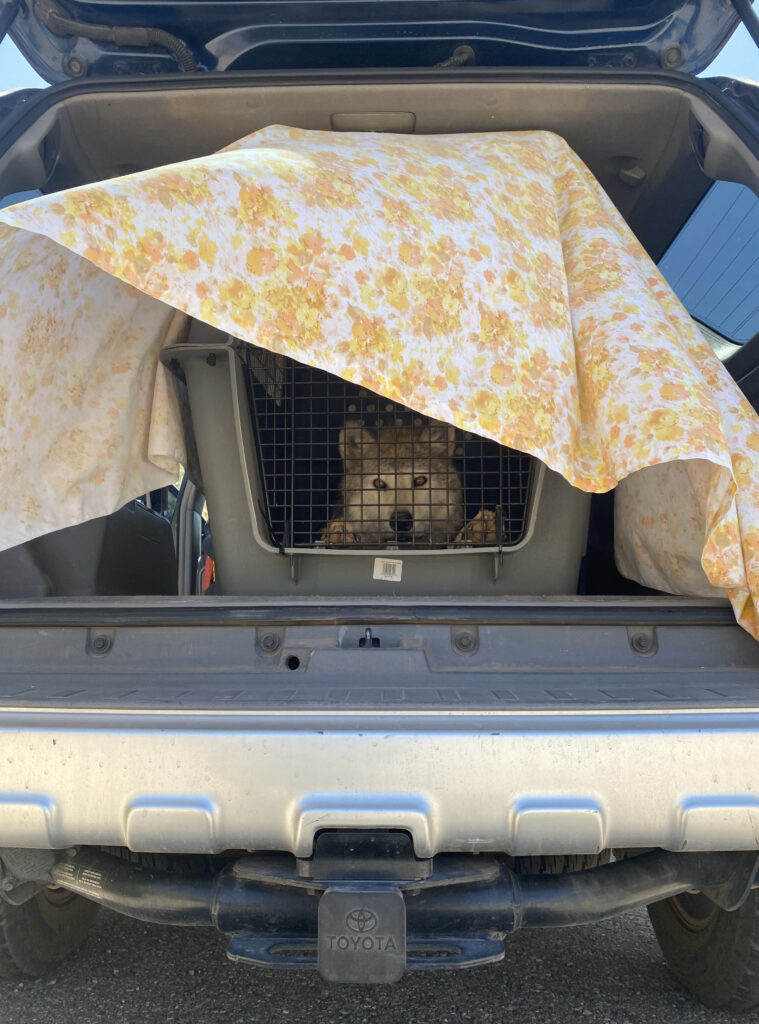
Photo by Claire Musser, 2022.
Felipe the Mexican gray wolf arrived at SWCC with his brother Redford. They shared an enclosure but after time they started to become hostile to each other. It was decided that Felipe and Redford should be separated. I had the opportunity to transfer Felipe to his new facility. You can read more about Mexican gray wolf recovery here.
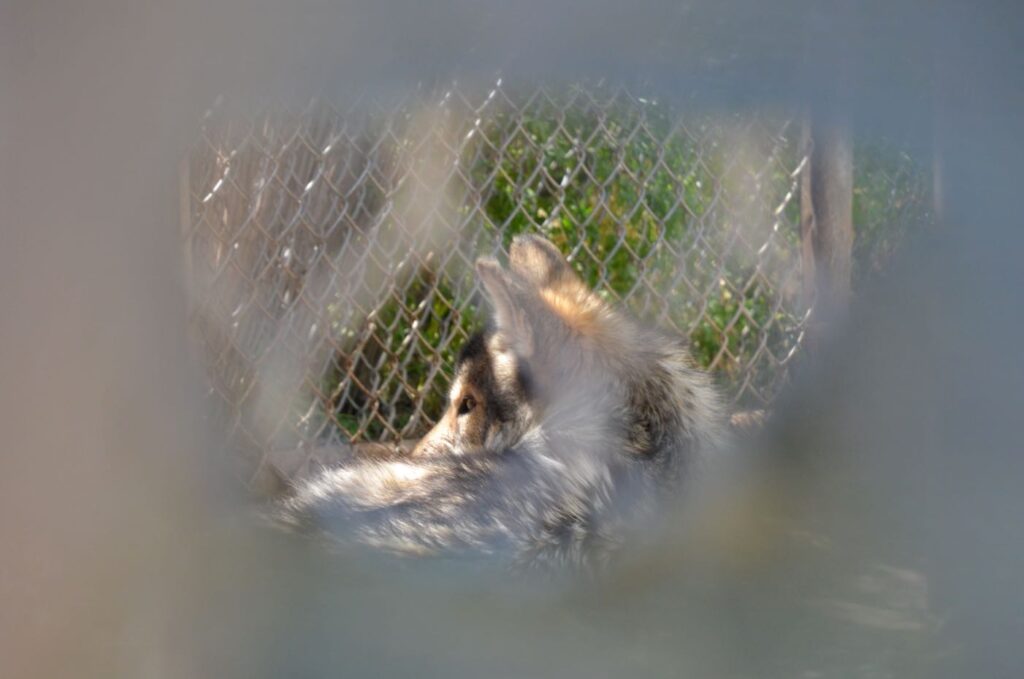
Photo by Claire Musser, 2023.
Armon the Mexican gray wolf was born in May 2018. He came to SWCC from the Wildlife Science Center in New Mexico. Sometimes it can be challenging for wolves in captivity and Armon unfortunately lost his front leg due to injuries from a fight with his pack mate.
